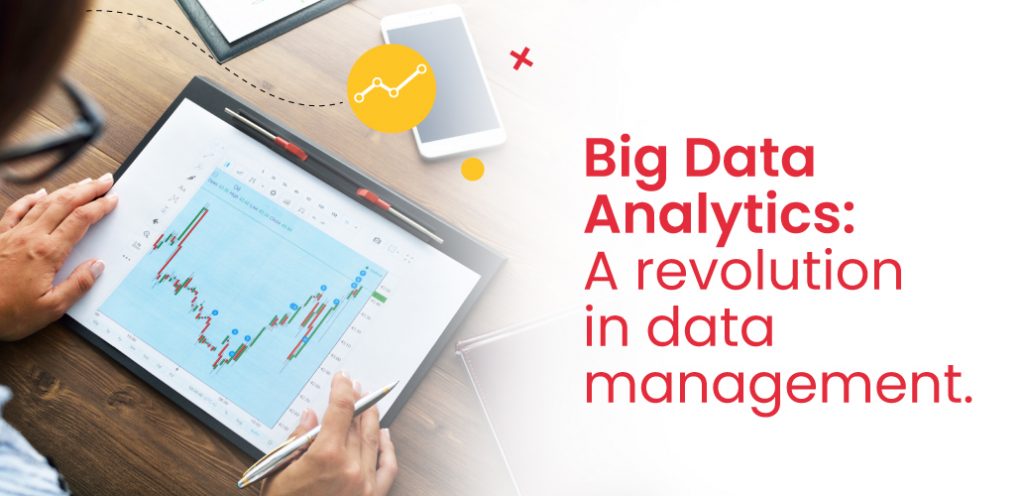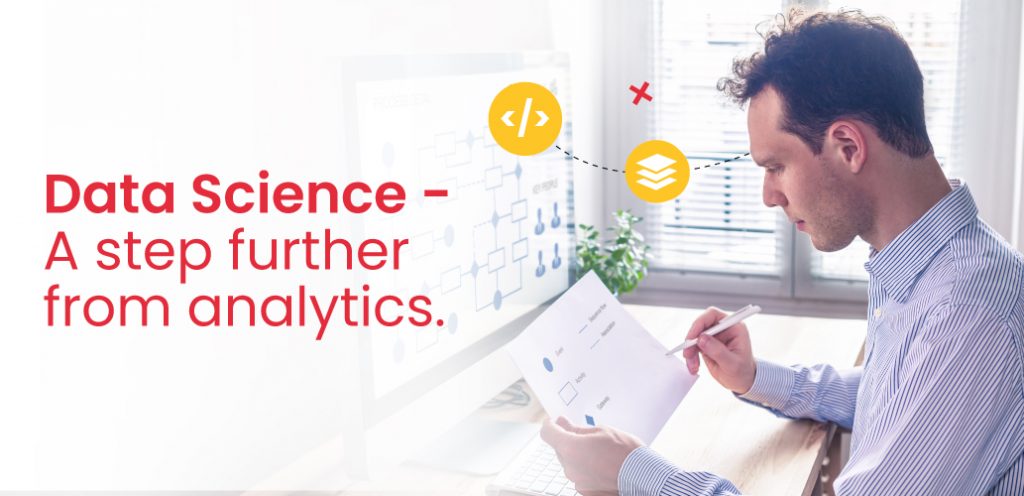What does your mind jump to when I mention the word Google?
It is an indisputable fact that the word ‘Google’ is synonymous with the word ‘search’ or ‘research’. It has become part of the norm to use these words interchangeably. In fact you would be surprised to know that ‘Google’ is officially classified as a verb!
But enough with this lesson on millennial slang. The bit that interests us all is how, despite providing most of their products at no charge, does Google still manage to not only dominate the tech world, but also mint profits in the long run?
Today we’ll sift through the multiple avenues that Google, or rather Alphabet Inc, used and continues to use, to build its commendable stature as a tech giant. But first tell me, do you really believe Google is free?

Advertising is Google’s primary source of income and about 80% of its total revenue – is brought in by Google Ads and AdSense.
It is impossible that you’ve not come across a Google ad at this point, since Google dominates the Search engine space by a margin of roughly 92%. Google ads are often displayed with the word “Ads” near the result shown on the Search Engine Results Page (SERP). Google earns a commission from the advertiser every time these ads are clicked on by users. The results are either displayed at the top of the page or on the sidebar in YouTube or on the SERP itself.
So what’s AdSense you ask?
Google Ads get displayed on the SERP whereas, in the case of Google AdSense, a webmaster can integrate these ads onto a site. Google’s crawler analyses the content on these sites and chooses sites with specific keywords that match with the webmasters site. The type and locations of the ads are customisable according to the webmaster. Every time the ads get clicked the site earns a part of the commission that Google makes.
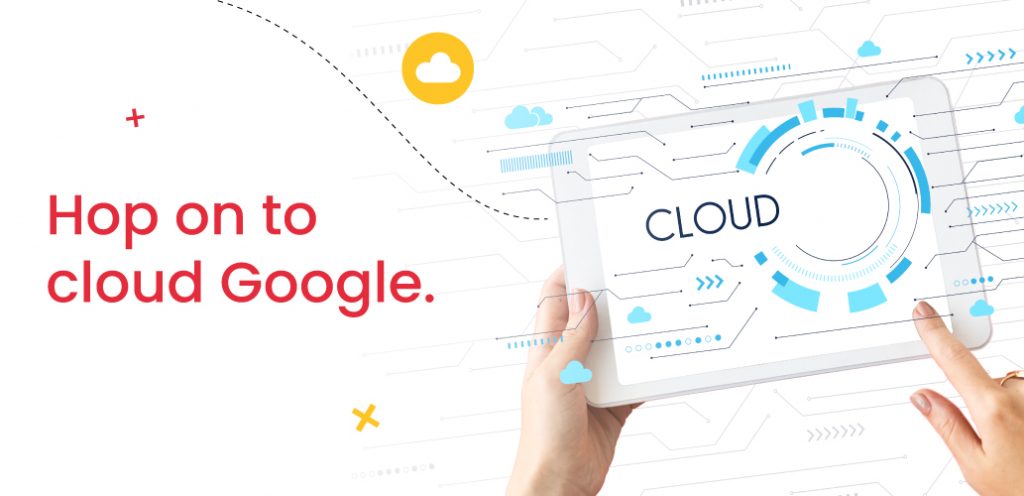
The Google Cloud service is actually free for a limited amount of data (15GB), beyond which, users are charged a fee. Google Cloud pulled a whopping $19 Billion in 2021, roughly 7.5% of the total revenue. Their prices ultimately vary, according to the amount of space you take up on cloud.
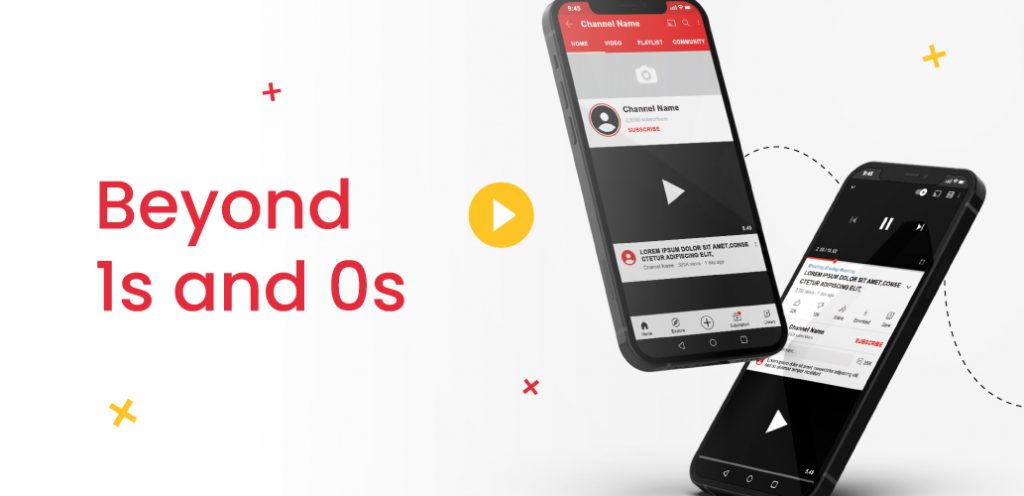
Hardware is another important avenue for Google to increase their overall revenue, from Google Pixel, smartphones, laptops, tablets, Google Nest smart home products to gaming controllers to fitbits. Google has created an extensive catalogue of products, and with the launch of Pixel 6.0 and Pixel 6 pro, Google’s hardware alone was estimated to bring in 19.6 Billion dollars in 2021.
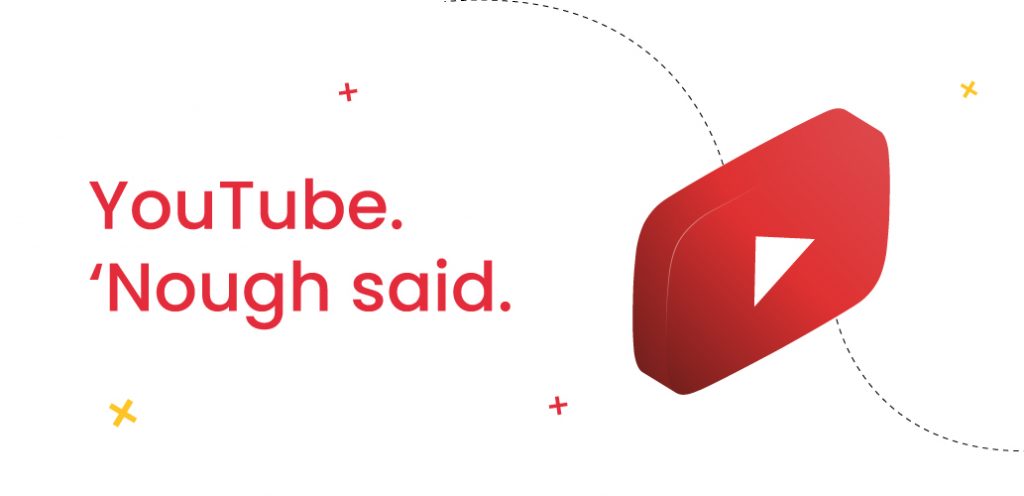
This one is a no brainer really. Now once again a majority of YouTube content is free to watch for all, but the free version displays Ads, at the start of videos and on the side bar. So using Ads, once more, Google and the channel owner displaying the Ad earn a commission.
YouTube Premium on the other hand, offers an Ad-free experience, eliminating the commission earned through Ads, but replacing it with the subscription fee that users have to pay on a monthly or yearly basis.This is a win-win for all parties involved since it keeps the revenue flowing and improves customer experience simultaneously.
YouTube has more under its belt though. YouTube TV, a fairly new venture, is another source via which Google or Alphabet inc. brings in revenue. YouTube TV, hosts live streaming services, on-demand videos and cloud-based DVR connected with more than 85 networks such as Fox, Big three broadcast networks, etc. It is however available only in the US for now.

Google Play Store is an application distribution service, much like AppStore for Apple, which contains games as well as other service based apps. You can buy a Play pass for $ 4.99 on a monthly basis or $29.99 for a year. This pass provides apps and games without Ads that oftentimes hinder customer experience. So the same as in the case of YouTube premium, they, better customer experience, while yielding an alternative source of profit simultaneously. Additionally, for developers, a fee of $25 dollars is charged, upon the launch of their first app.

So far, Alphabet Inc. has expanded far beyond the realm of search engines, we can only predict this trend going forward too. With the talks of Google gaining foot in the automobile industry and already experimenting widely with AI, the future is definitely going to hold much more value for this Tech giant.







